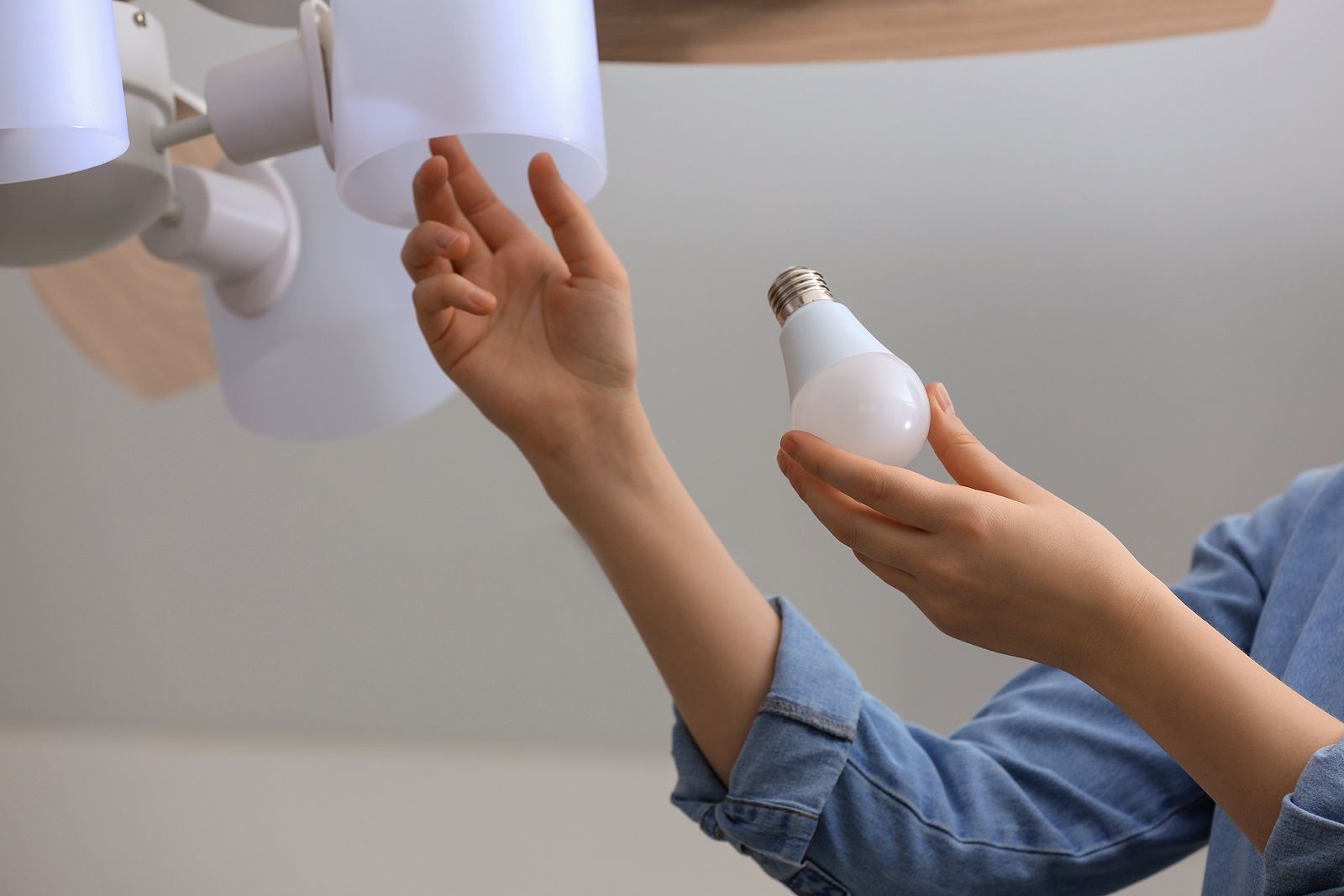When a loved one is beginning 24-hour home care, preparing the home environment is one of the most meaningful steps you can take to support their comfort and safety. Whether care is short-term after a hospital stay or long-term support for aging in place, the right home setup helps seniors thrive with dignity and confidence.
At Red Bear Care, we work with families every day to create safe, accessible spaces that support each person’s individual care plan. Thoughtful preparation helps reduce risks, supports daily routines, and allows caregivers to provide the best possible care.

Why Home Preparation Matters
Most seniors prefer to remain in their own homes as they age. 24-hour home care makes this possible—but without the right modifications, the home may not be set up to handle mobility limitations, personal care needs, or safety concerns.
A well-prepared home:
- Reduces the risk of falls and accidents
- Makes daily routines easier for both clients and caregivers
- Provides space for medical equipment or mobility aids
- Helps seniors feel more comfortable, confident, and in control
Taking the time to prepare before care begins creates a smoother, less stressful transition for everyone involved.
Step 1: Evaluate the Living Space
Start by walking through the home with a caregiver or 24-hour home care coordinator and identifying potential problem areas. Look at:
- Entrances and exits
- Bathroom and shower access
- Bedroom setup and furniture layout
- Kitchen safety and ease of use
- Lighting, clutter, and flooring
Think about where the senior spends most of their time and what areas they move through daily. Is there enough space for safe movement with a walker or a cane? Are essentials within reach? These questions help determine where adjustments are needed.
Step 2: Improve Lighting and Visibility
Poor lighting is a major contributor to falls and accidents. Check that all rooms, hallways, and stairwells are well-lit—especially areas where the senior walks at night, such as the bedroom and bathroom.
Use brighter bulbs, night lights, and motion-sensor lights where appropriate. Make sure switches are easily accessible or install smart lighting if needed.
At Red Bear Care, our 24-hour home care providers often recommend simple changes like placing lamps by the bed or using light-up switches to make daily routines safer.
Step 3: Clear Walkways and Remove Hazards
Falls are one of the most common risks for seniors. To reduce the chance of tripping, remove:
- Loose rugs or mats that slide
- Electrical cords that cross walkways
- Clutter such as bags, shoes, or stacks of papers
- Low furniture or decorative items that stick out
Make sure that walkways are wide enough for mobility devices and that transitions between flooring types (e.g., hardwood to carpet) are secure and even.
If your loved one uses a walker or wheelchair, rearrange furniture to create open, obstacle-free paths through the main areas of the home.
Step 4: Make the Bathroom Safer
The bathroom is one of the most high-risk areas for seniors. Small changes can make it much safer:
- Install grab bars near the toilet and in the shower or tub
- Use a raised toilet seat if getting up and down is difficult
- Place non-slip mats inside and outside the tub
- Add a shower chair or bench for safe bathing
- Make sure water temperature is set to prevent scalding
These updates support both privacy and safety, giving seniors more confidence in one of the most personal parts of their daily routine.
Step 5: Set Up the Bedroom for Comfort and Care
If your loved one will be receiving 24-hour home care or recovering from surgery, the bedroom may become the main hub of activity.
Ensure the bed is accessible, especially if the senior has trouble standing up or sitting down. Place a nightstand nearby with essential items like:
- Water
- Medication
- Glasses
- Phone or emergency alert device
In some cases, a hospital-style bed or adjustable bed may be helpful. Red Bear Care can assist families in coordinating medical equipment or recommending modifications.
Step 6: Organize for Daily Needs
Daily items should be easy to reach and use. Store clothes, toiletries, and kitchen essentials at waist level to avoid bending or reaching. Label medications clearly and keep them in a consistent location.
If your loved one has memory concerns, simple signs or reminders can help them stay oriented. Our 24-hour home care team members often use calendars, checklists, or whiteboards to support memory and reduce confusion.
Step 7: Plan for Emergency Access and Communication
Make sure caregivers and emergency responders can access the home if needed. Consider:
- Installing a lockbox or providing a spare key
- Keeping emergency contacts posted in a visible spot
- Ensuring that smoke detectors and carbon monoxide alarms are working
- Having a list of medications and medical history available
24-hour home care also means regular communication between caregivers and family. Make a plan for check-ins, updates, and care coordination, especially if multiple family members are involved.
Red Bear Care Helps Families Get Ready
Preparing the home doesn’t have to be overwhelming. At Red Bear Care, we offer guidance and support throughout the transition to 24-hour home care. Our caregivers can assist with setup, offer suggestions based on experience, and help families make ongoing adjustments as care needs change.
By preparing your home with safety and comfort in mind, you’re giving your loved one the chance to age with dignity, confidence, and a better quality of life—right where they want to be.
If you or an aging loved one is considering 24-Hour Home Care in Hyde Park, TX, please contact the caring staff at Red Bear Care, LLC today! (832) 930-6689
Red Bear Care, LLC provides exceptional home care for seniors in Houston, TX and the surrounding areas.

